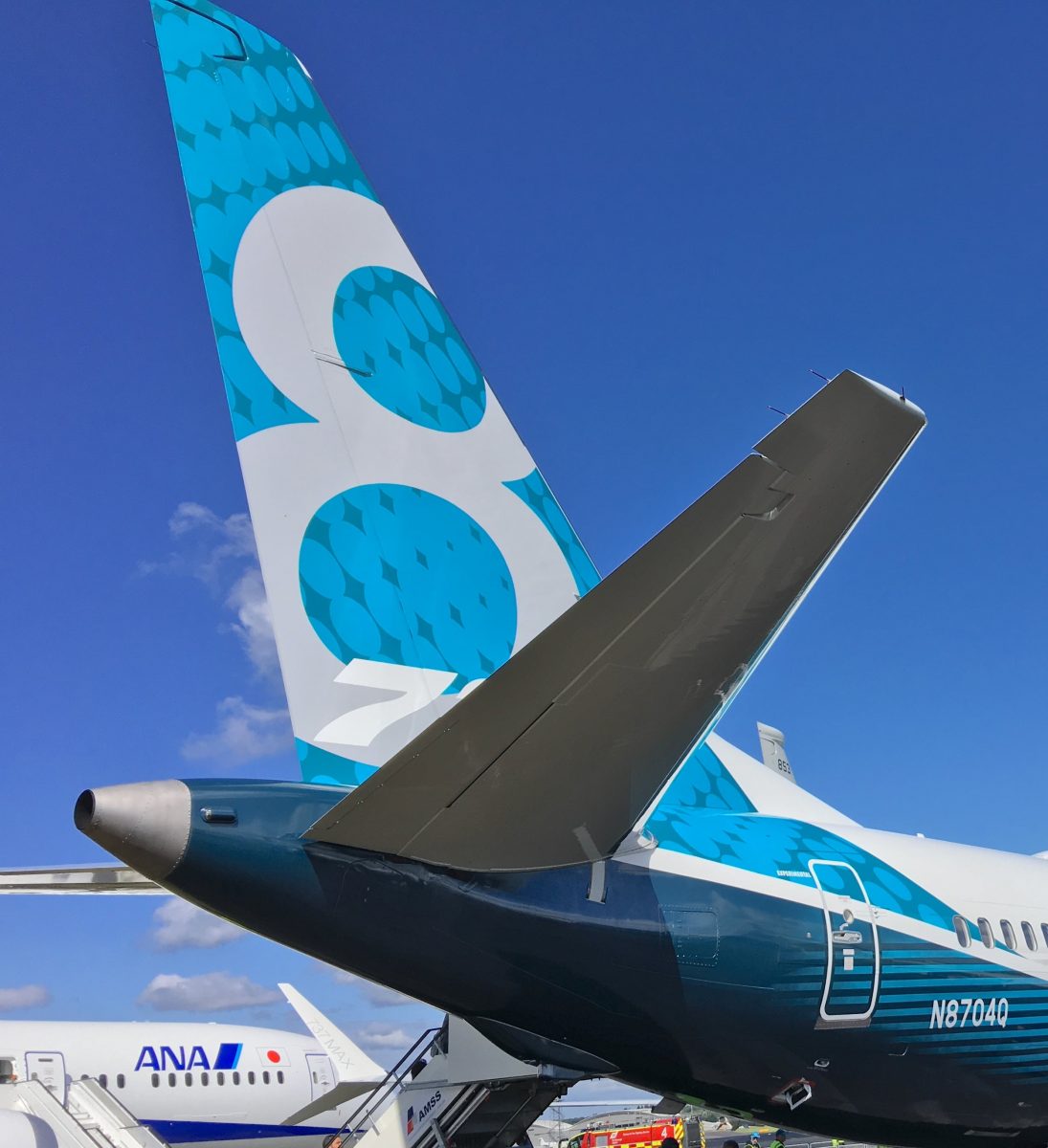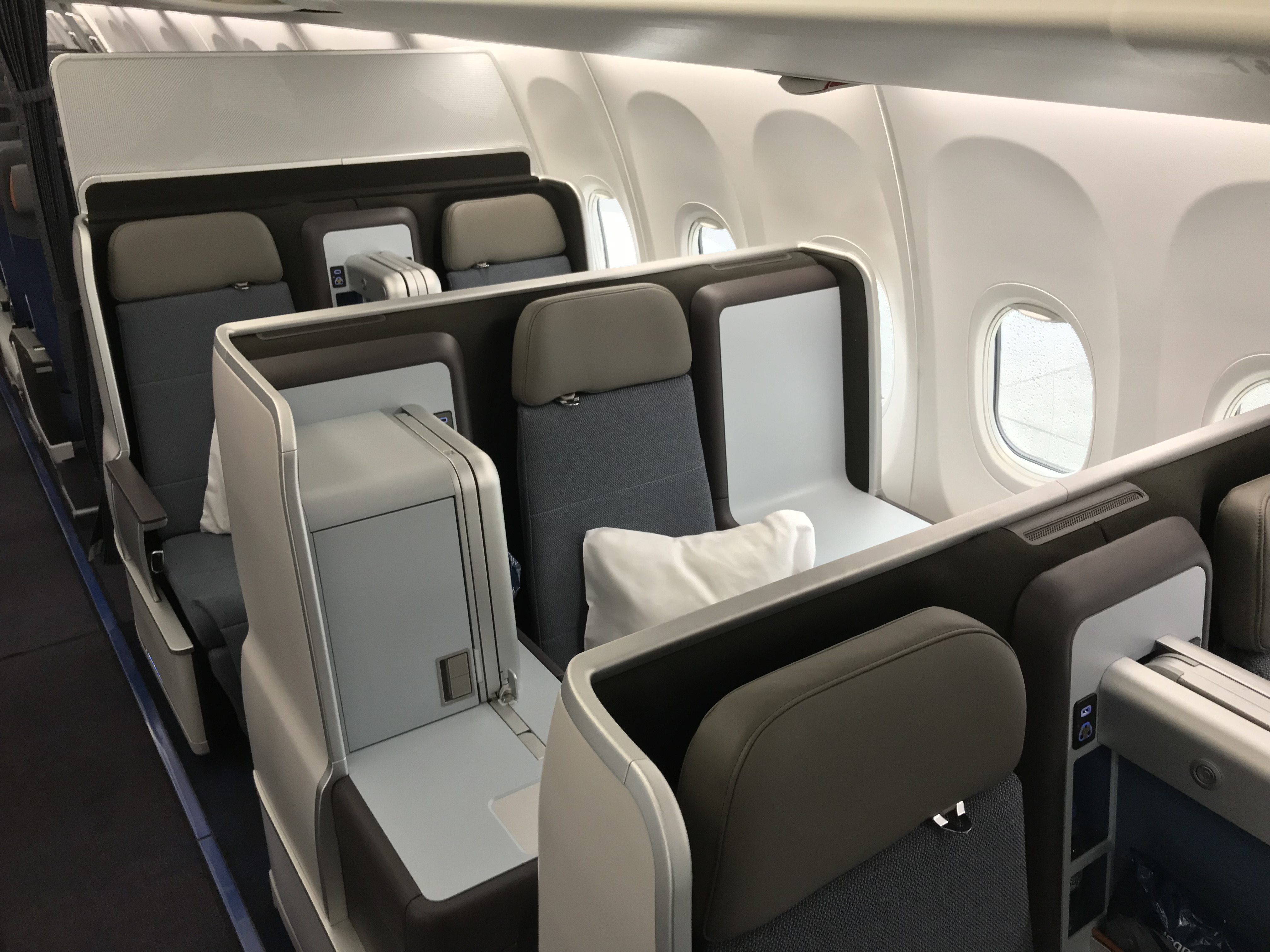This story by John Walton featured in the WOFA 737 MAX Special Edition, published December 2019
Fundamentally, much of Boeing never really wanted to build the 737 MAX, and spent the latter half of the previous decade deciding that what it really wanted to do was build the FSA, the replacement for its nearly 50-year-old 737 programme.
The problem was, the engine and materials technology for a new aircraft wasn’t entirely there — and, of course, an all-new aircraft is very expensive indeed, especially when airlines seemed happy to keep ordering the increasingly venerable 737.
That all changed when American Airlines, a longtime Boeing customer, announced in July 2011 that it would order its first Airbus narrowbodies, the pre-merger US Airways having been a longtime Airbus customer.
At the same time as this 200-plus Airbus A320ceo and A320neo order, American announced an order for a hundred reengined Boeing 737s, which would fly with the LEAP-1B engine from CFM International, the joint venture from GE Aviation and Safran Aircraft Engines, the former Snecma.
Boeing formally launched the 737 MAX a month later, and that same year suggested the cost of a reengining programme was ten to fifteen percent of the cost of creating an entirely new aircraft.
The MAX comes with LEAP-1B engines, which are markedly more efficient — and visibly larger in fan diameter, which is now 1.76m — than the previous generation of engines. The LEAPs are generally cited as approximately 15 percent more fuel efficient than the CFM56 from the 737 NG, the “next generation” series of aircraft that immediately preceded the MAX. The cowlings of these engines are scalloped, like those of the 787 Dreamliner, to reduce noise.
All MAX aircraft have a 35.9m wingspan featuring the new split winglets, an innovation for additional lift that is an evolution of the split winglet featured on the McDonnell Douglas MD-11 trijet. This is, notably, not the scimitar winglet available for older aircraft.
The nosegear strut is 20cm longer, maintaining the 43cm ground clearance of the engine nacelles from the previous NG aircraft despite the substantially larger fan diameter.
The flightdeck is, in essence, the NG flight deck for commonality reasons, although new Collins Aerospace 38cm displays are a very visible update.
Externally, apart from the winglets and engines, the pointed 787-style tailcone is perhaps the most noticeable change to the aircraft’s exterior.

Taking to the skies five years later in January 2016, the MAX is presently offered in four versions, two of which largely correspond to previous sizes of the aircraft in the 737 NG generation.
Each aircraft costs between US$100-135m depending on the model, with the MAX 7 the cheapest and the MAX 10 the most expensive, as one might expect.
The 737 MAX 8 is the base model of this generation, largely in the same way that the 737-800 was the most popular of the previous one. It stretches 39.5m long, its maximum range is 3,550nm and, notionally, it will seat 172 passengers in a configuration with 12 business class seats.
In its ultra-high density 737 MAX 8 200 version — initially nicknamed the 737 MOL for the initials of Michael O’Leary, CEO of its launch customer Ryanair — it fits 200 passengers in a deeply uncomfortable layout.
The next step up is the 737 MAX 9, a rough equivalent to the 737-900 and extended range -900ER. 2.7m longer than the MAX 8, the MAX 9 can fit a further twenty passengers as well, for a maximum of 220.
Boeing had initially hoped that the MAX 9 would compete with the A321neo, and particularly with the longer range A321LR, but the market was not persuaded. Fundamentally, while the MAX 9 will be fine for missions such as domestic, regional or intracontinental flying, the inherent design restrictions on engine power from the MAX’s lower to the ground fuselage — designed for the 1960s’ engines and not for today’s — mean that its runway takeoff and payload/range performance is limited.
Even larger is the 737 MAX 10, launched at the 2018 Farnborough Air Show several months before the crash of Lion Air 610 and then Ethiopian Airlines 302. The MAX 10 is at its core a shorter range, higher capacity version of the MAX 9, and suffers from the same kind of performance restrictions, meaning its maximum 230 passengers can be carried over some 250nm fewer than the MAX 8 or MAX 9.
At the other end of the size spectrum is the 737 MAX 7, the replacement for the 737-700 but not the direct one that Boeing had planned. In 2016, Boeing announced that the MAX 7 would be 1.93m longer than the -700, allowing two further rows of seats. It has not, one must say, been wildly popular, accounting for fewer than 100 orders of the entire 737 MAX’s over 4,000.
Onboard, the passenger experience is largely similar to that of the 737 NG: the cabin is the Boeing Sky Interior that has been offered since 2011.












